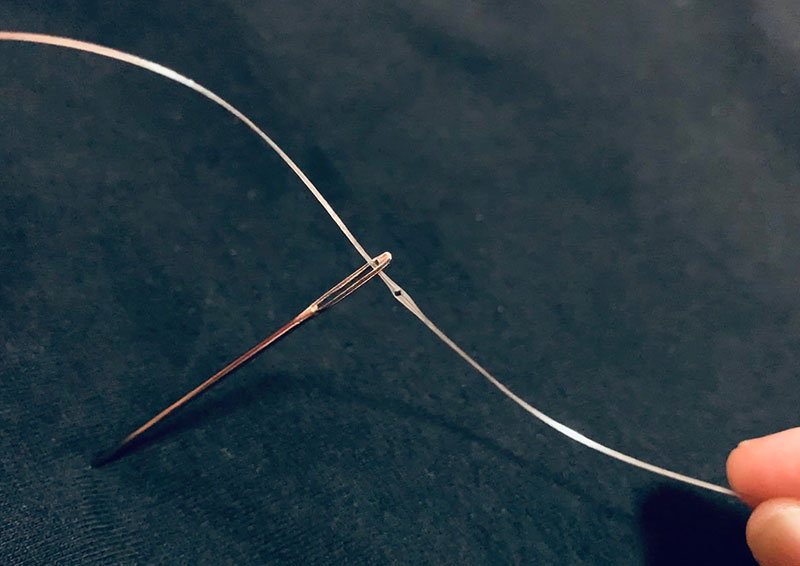
Recently, MIT announced that it had successfully embedded sensor circuits consisting of multiple ICs and connectors into fibers that can be used for clothing. How does their new invention solve challenges faced by wearables, and could it be the future of wearable devices?
Related Smart Fabrics Are Emerging As A New Form Of Wearables
“When you put it into a shirt, you can’t feel it at all. You wouldn’t know it was there,” said Gabriel Loke, MIT PhD student and one of the co-authors of the study.
How can smart fiber help wearable devices?
Wearable devices need to be flexible and comfortable. By design, wearables cannot flex, bend, or change shape to fit a particular surface. Wearables such as smartwatches consists of a ridged circuit connected to flexible straps, writes Sam Brown in ElectroPages.
The fiber, developed by MIT engineers, is thin and flexible and can be passed through a needle, sewn into fabrics, and washed at least 10 times without breaking down. Making a digital fiber “opens up different areas of opportunities and actually solves some of the problems of functional fibers,” says Loke.
Currently, the fiber is controlled by a small external device. The next step will be to design a new chip as a microcontroller that can be connected within the fiber itself, a stop on the way to a working “fabric computer” Loke says.

What are the potential uses for MIT’s new fiber?
Future digital garment combat applications that go beyond recording individual health biometrics to sharing alternative sensor information are something the MIT group has considered.
During combat, the new digital fabric could help to map hazards and threats based on sensor input from multiple soldiers’ garments, according to Forbes.
The digital fibers could also be used in fabrics for medical bandages or compresses.
According to Loke, the fiber with temperature sensor-enabled, could be useful in spacecraft for detecting and measuring the impact of micro-asteroids.
Related Chinese Scientists Develop Smart Fabric That Can Display Texts
The idea of these types of smart fabrics have numerous use cases. These sensor-embedded fibers could also be used to investigate plants and other organic life. “I think that really opens up a new dimension,” Loke says.











